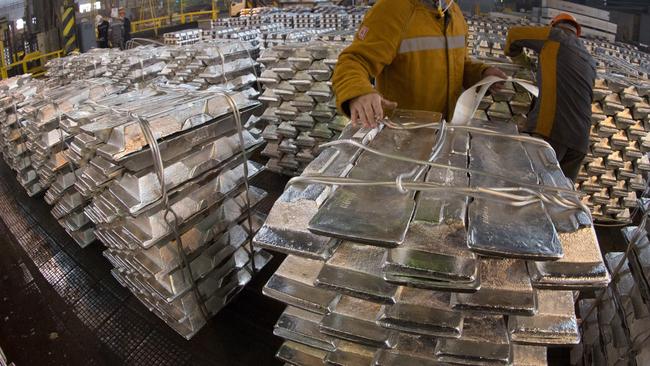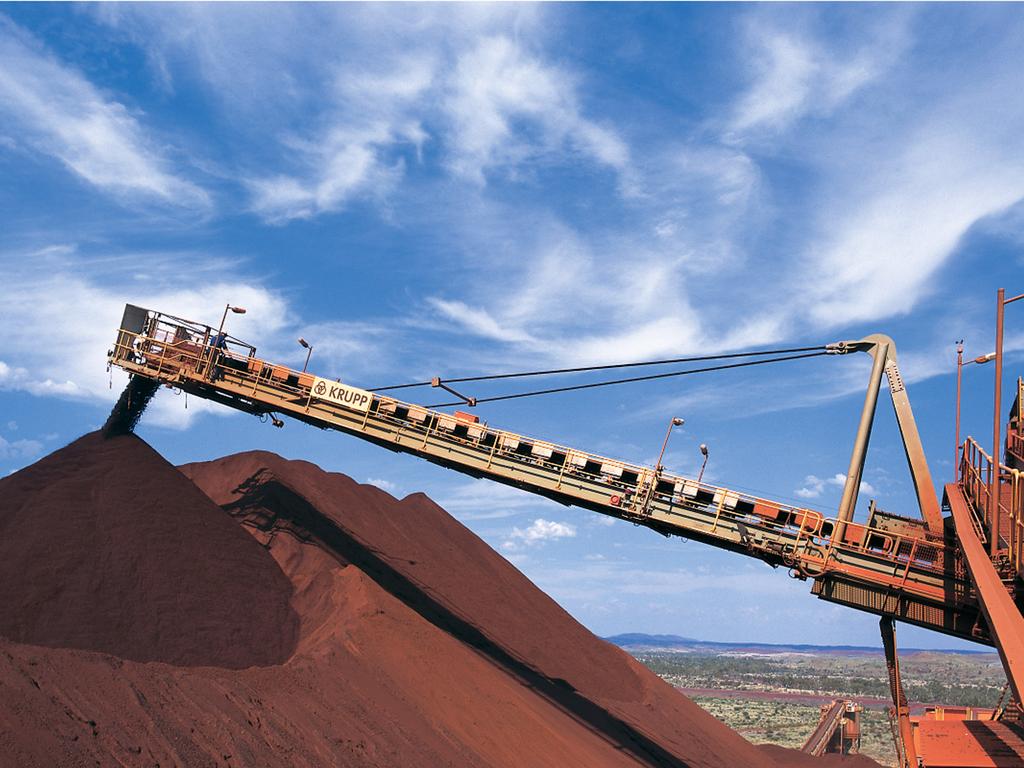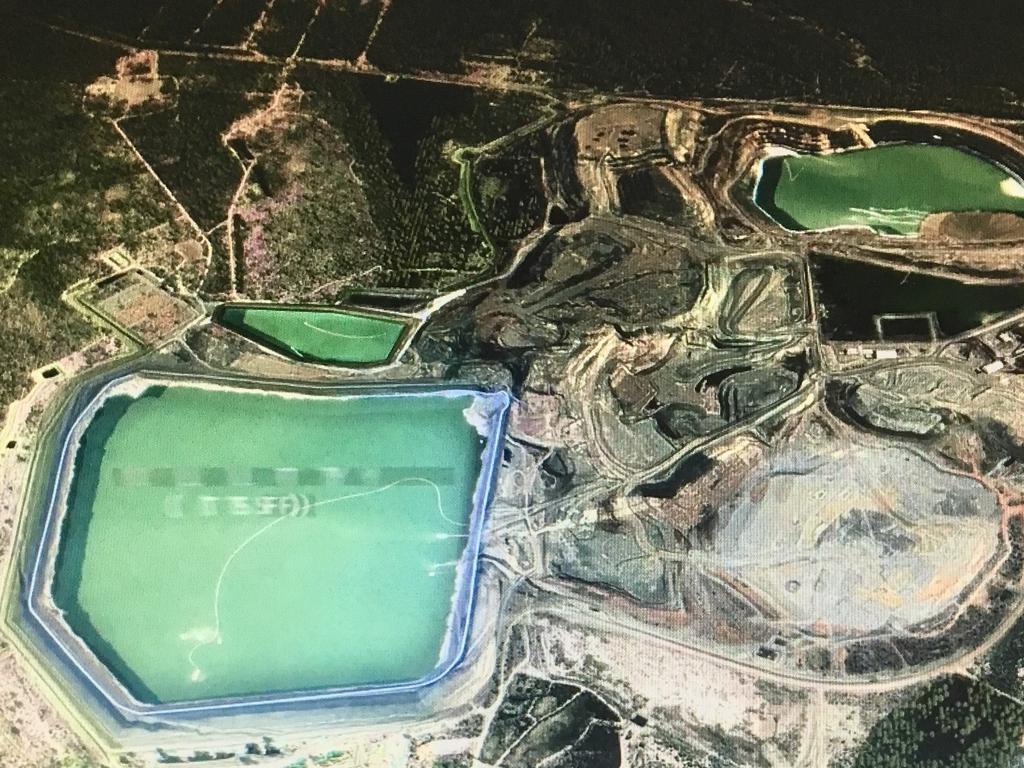Rio Tinto aluminium smelter under review as prices drop and costs climb
Rio Tinto puts the government of Iceland on notice it is reviewing the future of its ISAL smelter.

Rio Tinto is threatening to close another part of its global aluminium portfolio, putting the government of Iceland on notice it is reviewing the future of its ISAL smelter in the face of falling aluminium prices and “uncompetitive energy costs”.
Aluminium prices have been falling since the coronavirus emerged to threaten China’s economy and send jitters through global markets in January, dropping below $US1700 a tonne in early February, from about $US1950 a year ago.
Rio has already curtailed 85 per cent of ISAL’s capacity and late on Wednesday said it had launched a formal review of the smelter’s future, with the company prepared to consider further production cuts or closure if it can’t win better power prices.
Rio Tinto Aluminium chief executive Alf Barrios said the operation was currently unprofitable and “cannot compete in the challenging market conditions due to its high power costs”.
The company’s hardball tactics mirror those it deployed in New Zealand last October, when Rio announced a review of its Tiwai Point smelter in an attempt to force concessions from the New Zealand government and power providers over transmission costs for the hydropower the plant consumes – worth about 12 per cent of New Zealand’s total power use.
While Rio has not announced any formal process regarding its three Australian smelters, all – in Gladstone, Newcastle and Tasmania – were effectively put on notice when chief executive Jean Sebastien Jacques told reporters they were operating on “thin ice” due to high power costs at Rio’s half-year profit announcement in August.
Since then the mining major has been mounting a pressure campaign on state and federal governments, and energy utilities, to win new discounted power deals it says are needed to keep the smelters open.
Rio’s latest threat comes as analysts warn it could be cheaper to close Australia’s remaining aluminium smelters than keep them open.
US aluminium giant Alcoa is also reviewing the future of its Portland aluminium smelter in Victoria, where a subsidised power contract expires in mid-2021.
In a research note released on Tuesday, Bank of America Merrill Lynch analyst Jack Gabb said aluminium smelters were relatively cheap to close compared to base metals facilities, with redundancy payments likely to be the largest single cost.
“Ground contamination is limited and there are no significant volumes of liquid waste,” he said.
“A look at other recent smelter closures along with existing provisions point to typical closure costs of $US200m to $US300m.”
In addition to power costs, making them among the most expensive to operate in the world, Australian smelters rely heavily on fossil fuel-sourced energy to run their operations, also making them some of the most carbon intensive smelters in the developed world.
Both Rio and Alcoa have made a point of noting their desire to reduce their carbon footprint. Their combined Australian operations account for about 11 million tonnes of carbon dioxide equivalent emissions, or about 2 per cent of Australia’s total, according to BAML.
Mr Gabb noted that Rio and BHP had been prepared to pay big to cut emissions at the Escondida copper mine in Chile, shelling out $US700m to cancel long-term coal contracts powering the mine, or about $US215 a tonne of carbon equivalent emission output.
On that basis, Rio could be prepared to take a $US1.3bn hit to shutter its Australian business, according to the BAML note, which contributes about a third of the company’s total carbon emissions and only 1 per cent of its earnings.






To join the conversation, please log in. Don't have an account? Register
Join the conversation, you are commenting as Logout